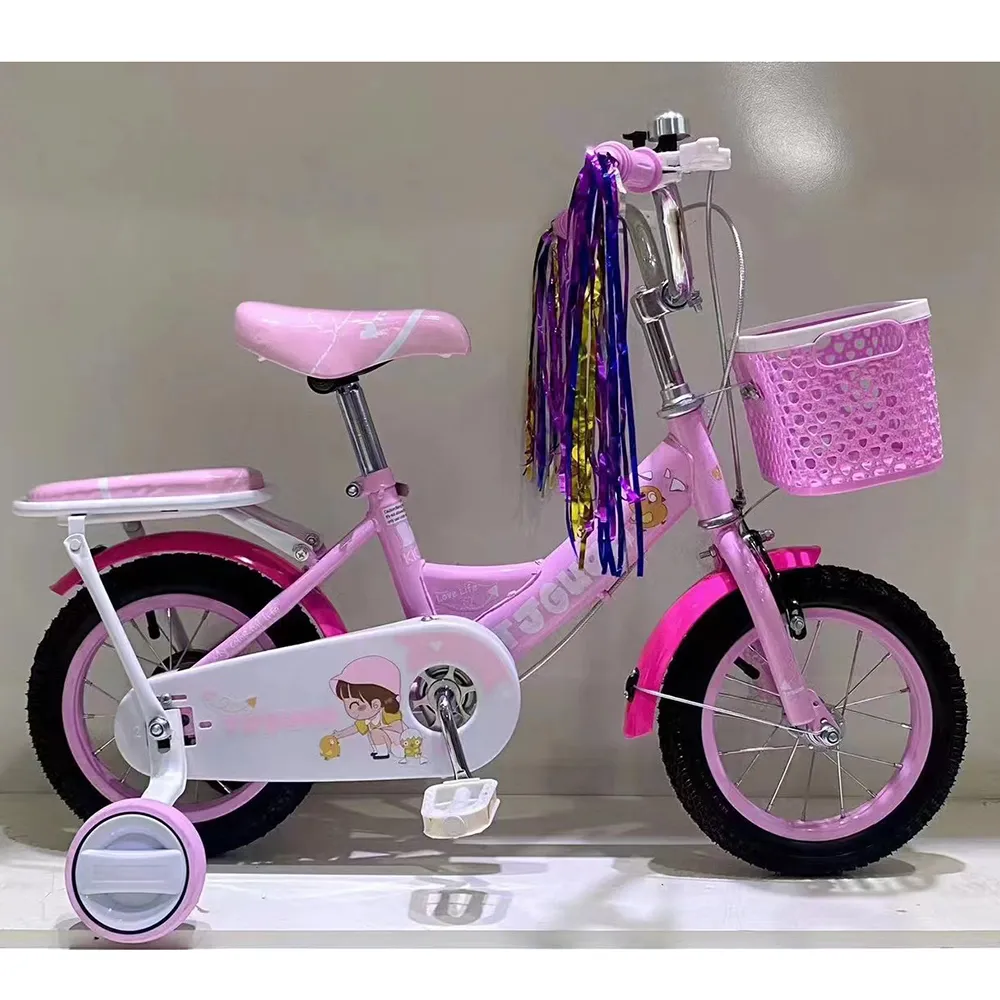Discover the Benefits of Balance Bikes for Young Children to Enhance Their Riding Skills
The Joy of Balance Bikes for Little Kids
In recent years, balance bikes have gained immense popularity among parents and young children alike. These innovative two-wheeled bicycles, designed specifically for toddlers, offer numerous benefits that make riding a bike an enjoyable and rewarding experience for little kids. At their core, balance bikes help children develop essential skills that will serve them well in their future cycling adventures.
What is a Balance Bike?
A balance bike is a simple bicycle that lacks pedals, training wheels, and gears. Instead, it features a lightweight frame, two wheels, and a comfortable seat that allows children to straddle it with their feet planted on the ground. The primary function of a balance bike is to teach kids how to balance, steer, and coordinate their movements without the added complexity of pedaling. This approach allows them to focus on mastering the art of balance before transitioning to a traditional bicycle.
The Benefits of Learning to Ride a Balance Bike
1. Building Confidence One of the greatest advantages of balance bikes is that they empower children to learn at their own pace. As they practice gliding, coasting, and steering, they gain confidence in their abilities. This gradual approach helps ease the fear of falling, which can be a significant barrier for many young riders.
2. Developing Gross Motor Skills Riding a balance bike engages various muscle groups and helps develop gross motor skills. Kids strengthen their leg muscles as they push off with their feet, while their core engages to maintain balance and stability. These skills are essential for overall physical development and also aid in other activities such as running and jumping.
3. Enhancing Coordination Steering a balance bike requires coordination and spatial awareness. As children navigate different terrains, they learn how to control their movements, adjust their posture, and respond to their environment. This enhances their hand-eye coordination and prepares them for the more complex maneuvers required when they eventually ride a pedal bike.
little kid balance bike

4. Encouraging Independence Balance bikes foster a sense of independence and exploration. Children can ride at their own pace, choosing when to push off and when to put their feet down. This autonomy not only boosts their confidence but also instills a love for outdoor activity and adventure.
5. Creating Social Opportunities Riding a balance bike opens the door to social interactions. Kids often ride with friends or siblings, which encourages teamwork and sharing. These social experiences help develop communication skills and foster friendships in a fun, outdoor environment.
Choosing the Right Balance Bike
When selecting a balance bike for a little one, it’s important to consider several factors. The bike should be lightweight and easy for the child to maneuver. The seat should be adjustable to accommodate the child's height as they grow. It's also essential to ensure that the bike has a comfortable grip and sufficient traction on the tires to provide a safe riding experience.
Safety is always a priority. While balance bikes are generally safe, parents should take precautions such as wearing helmets and protective gear. This ensures that even if a child takes a tumble, they are safeguarded against injury.
Conclusion
Balance bikes are more than just a toy; they are a gateway to building essential skills that will benefit children throughout their lives. By promoting confidence, physical development, and social interactions, balance bikes provide an excellent foundation for the future cyclists of tomorrow. As children glide down paths and explore their surroundings, they are not only learning how to ride but also developing a lifelong love for an active lifestyle. In the journey of growing up, balance bikes may just be the stepping stone that leads to countless adventures on two wheels.
-
The Perfect Baby TricycleNewsAug.11,2025
-
Ride into Fun with Bikes for KidsNewsAug.11,2025
-
Ride into Adventure with the Perfect Kids Balance BikeNewsAug.11,2025
-
Fun and Safe Riding with the Best Childrens ScootersNewsAug.11,2025
-
Find the Perfect Childrens Bike for Your Little OneNewsAug.11,2025
-
Explore the Best Baby Tricycles for Your Little OneNewsAug.11,2025
-
Three-Wheel Light-Up Scooter Benefits for KidsNewsJul.11,2025








